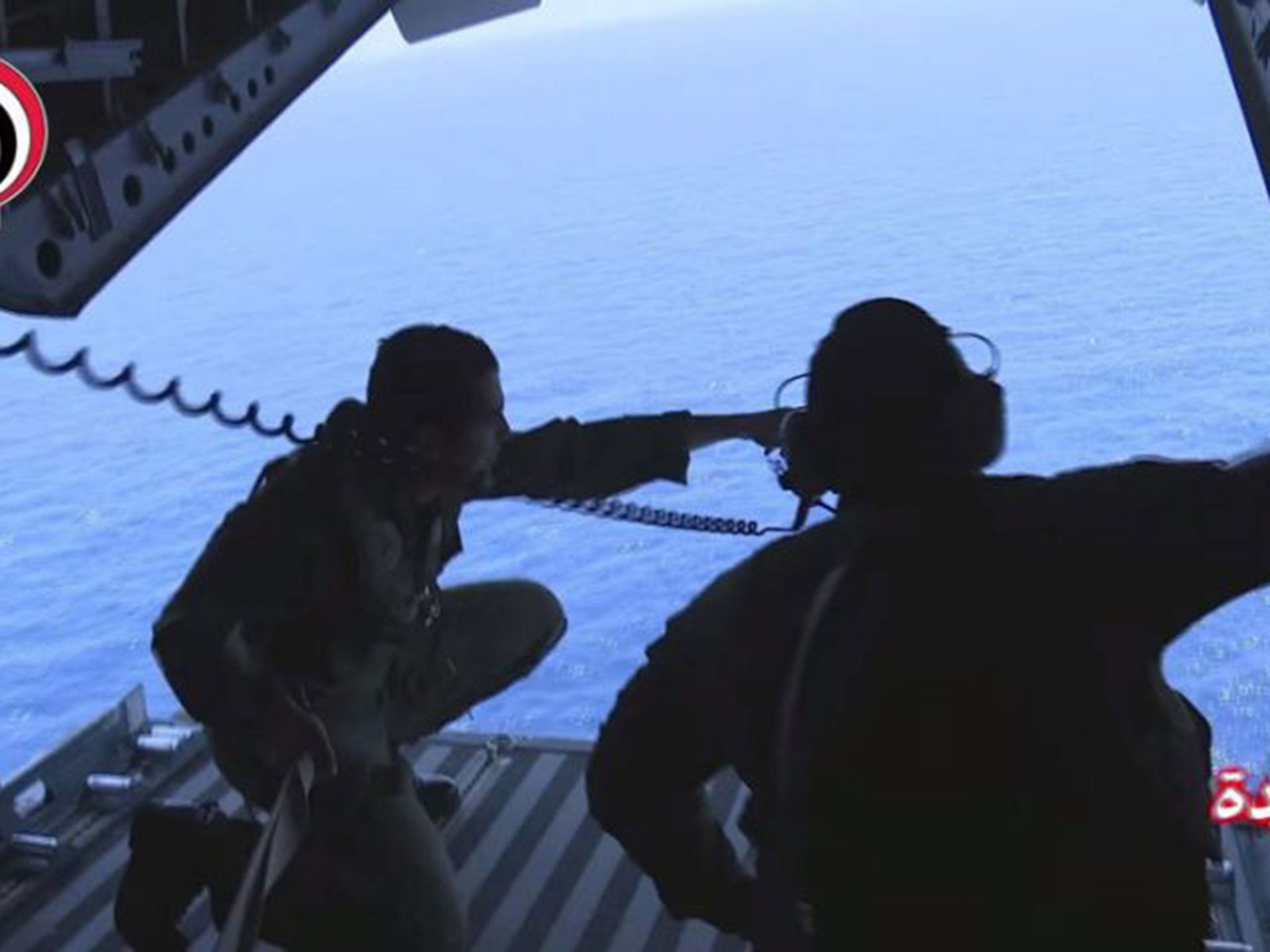EgyptAir flight MS804 crash: Smoke detectors in the toilet and window sensors were triggered
Seven electronic messages were sent by the plane shortly before the crash, three relating to window sensors

Your support helps us to tell the story
From reproductive rights to climate change to Big Tech, The Independent is on the ground when the story is developing. Whether it's investigating the financials of Elon Musk's pro-Trump PAC or producing our latest documentary, 'The A Word', which shines a light on the American women fighting for reproductive rights, we know how important it is to parse out the facts from the messaging.
At such a critical moment in US history, we need reporters on the ground. Your donation allows us to keep sending journalists to speak to both sides of the story.
The Independent is trusted by Americans across the entire political spectrum. And unlike many other quality news outlets, we choose not to lock Americans out of our reporting and analysis with paywalls. We believe quality journalism should be available to everyone, paid for by those who can afford it.
Your support makes all the difference.Seven minutes before contact was lost with EgyptAir flight 804, a sequence of messages sent from the doomed aircraft indicate multiple threats on board - possibly including fire in a lavatory and the main electronics bay.
The messages shed some new light on the fate of the Airbus A320, which crashed in the Mediterranean about 150 miles north of Alexandria in the early hours of Thursday.
All 66 people aboard the flight from Paris to Cairo are presumed to have died.

The series of messages was transmitted automatically to EgyptAir’s engineering base from the aircraft, using the Aircraft Communications Addressing and Reporting System.
“Acars" reports are short text messages sent routinely to the airline engineering base and the aircraft manufacturer. They are intended to inform staff working on the ground about the status of the aircraft and any anomalies that need to be addressed upon arrival.
The first message, sent at 2.26am Cairo time, read: “ANTI ICE R WINDOW” - indicating a problem with the heater for the first-officer’s window. Six more messages followed in the next three minutes. Two were concerned with window sensors, while two mentioned smoke.
One detector was in a lavatory behind the flight deck, the second in the avionics bay beneath the cockpits. While the smoke detectors are intended to indicate fire, they can also be triggered by condensation of the kind that occurs in the event of sudden decompression.
If a fire took hold on board, investigators will want to know whether it was caused by an electrical fault or whether human intervention was involved - such as an incendiary device on board the aircraft.
The final two messages, sent within seconds of each other at 2.29am, read “AUTO FLT FCU 2 FAULT” and “F/CTL SEC 3 FAULT”. These indicate problems with the autopilot and the flight control system respectively.
Four minutes later, the aircraft’s transponder made its last broadcast, relaying details of the aircraft and its location.
No distress calls were made from the flight deck. The pilots may have been incapacitated, or too busy trying to save the aircraft to broadcast a Mayday.
The Acars record was verified by the French air accident investigation agency (BEA) but officials cautioned against drawing conclusions.
Spokesperson Sebastien Barthe told the Associated Press the messages “generally mean the start of a fire" but that other causes were possible. “We are drawing no conclusions from this," he added. "Everything else is pure conjecture."
The range of possible causes of the loss is still wide, encompassing anything from hijacking to a mechanical failure. But the Acars messages appear to rule out a powerful on-board explosion of the kind believed to have downed the Metrojet flight in Egypt last October.
The Acars system is not intended to relay alerts, and messages are not monitored on the ground with this in mind. But when Air France flight 447 crashed in the Atlantic en route from Rio to Paris in 2009, a sequence of Acars messages indicated extreme conditions aboard the Airbus A330 as it stalled and crashed into the ocean.
The Egyptian military published the first images of wreckage from EgyptAir flight 804 on Saturday morning, showing mangled parts of the fuselage, life jackets and passengers' belongings.
Body parts, seats, luggage and wreckage have also been found floating around 180 miles north of Alexandria and are being analysed to provide clues to the cause of the disaster.
Join our commenting forum
Join thought-provoking conversations, follow other Independent readers and see their replies
Comments